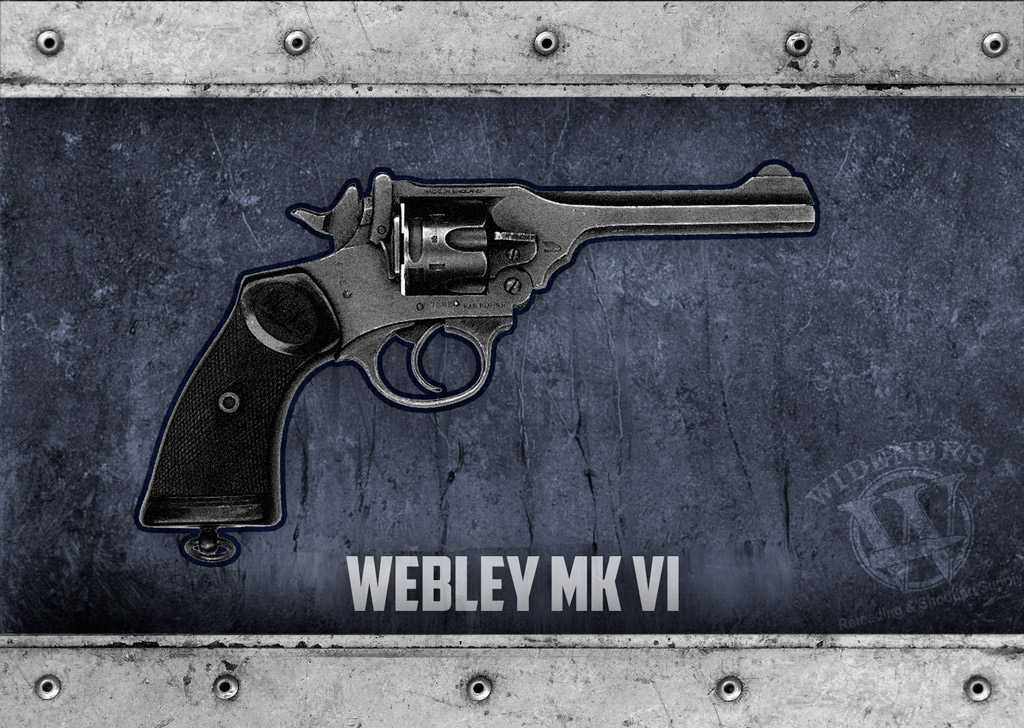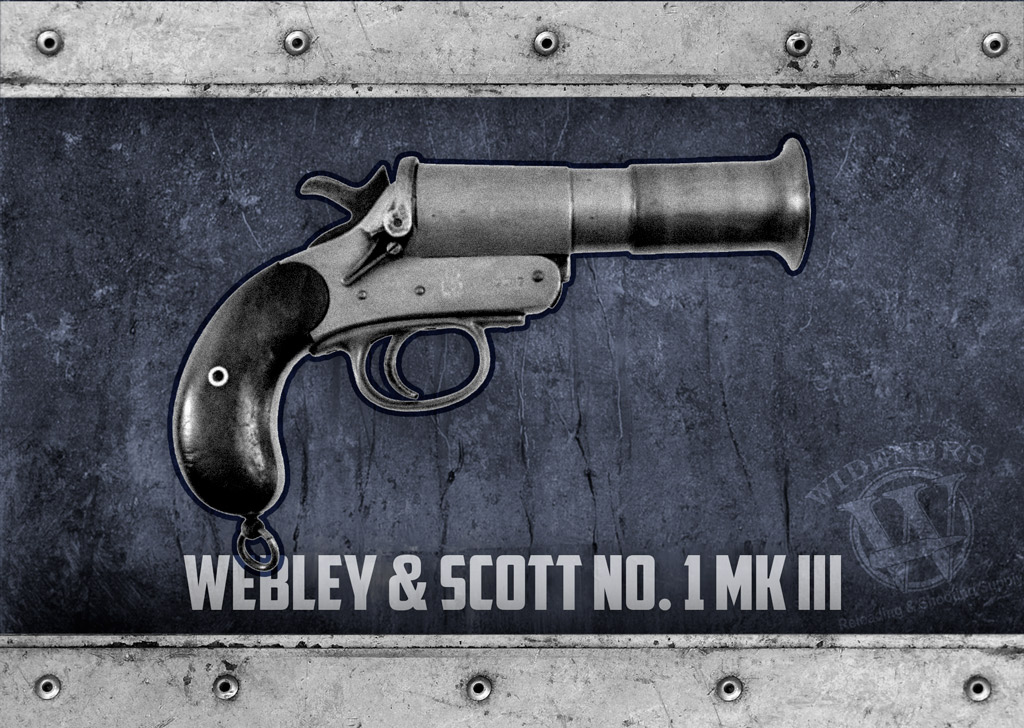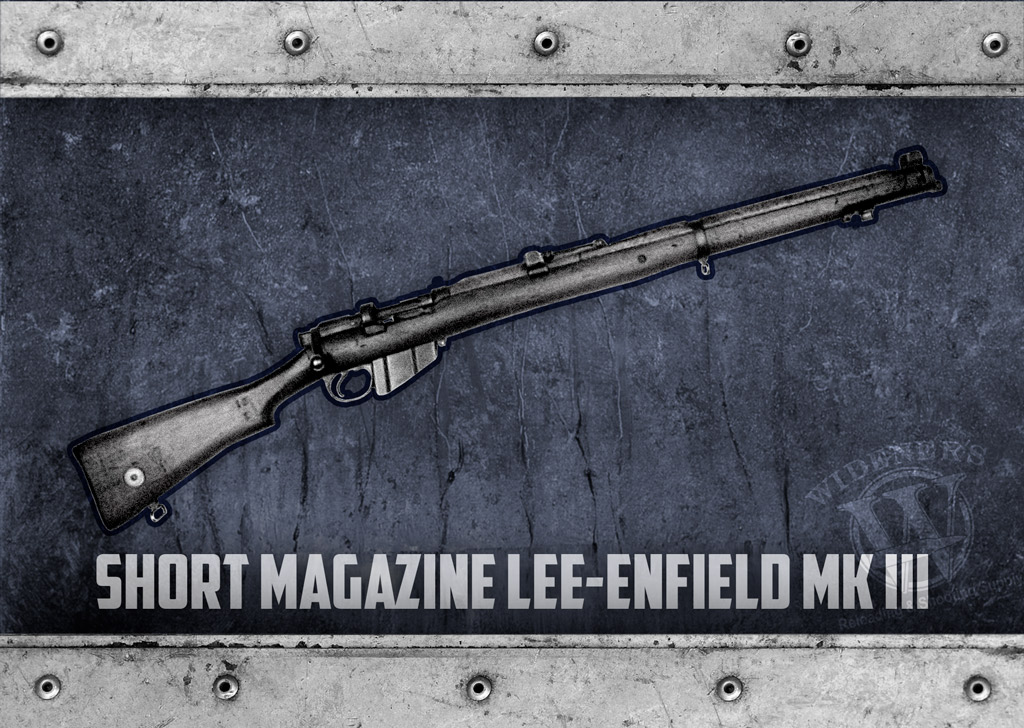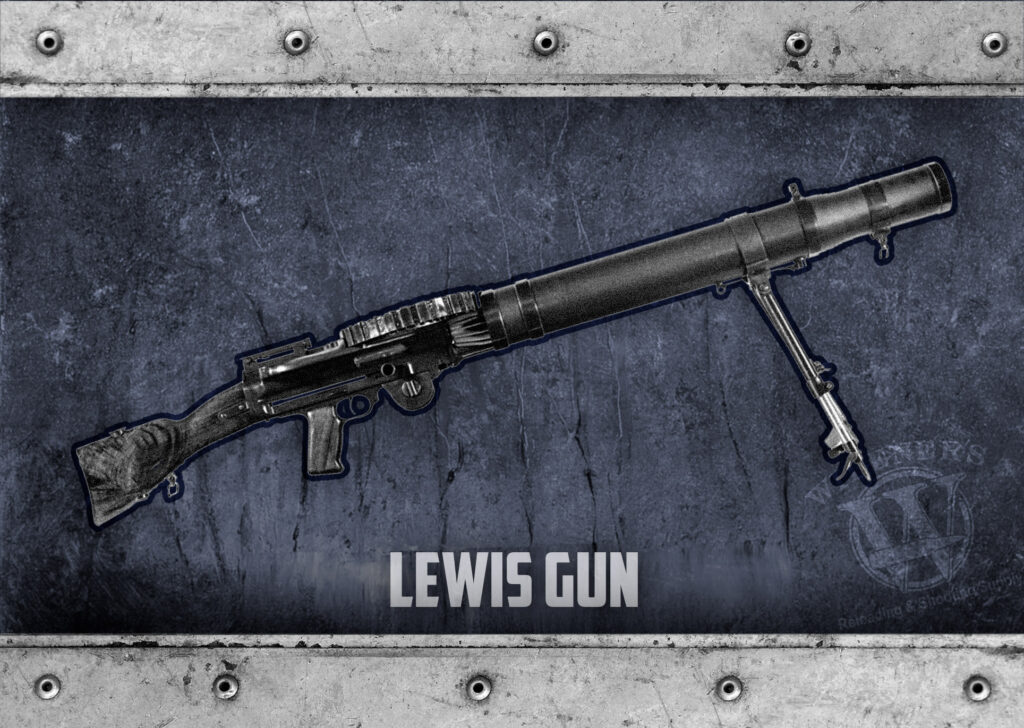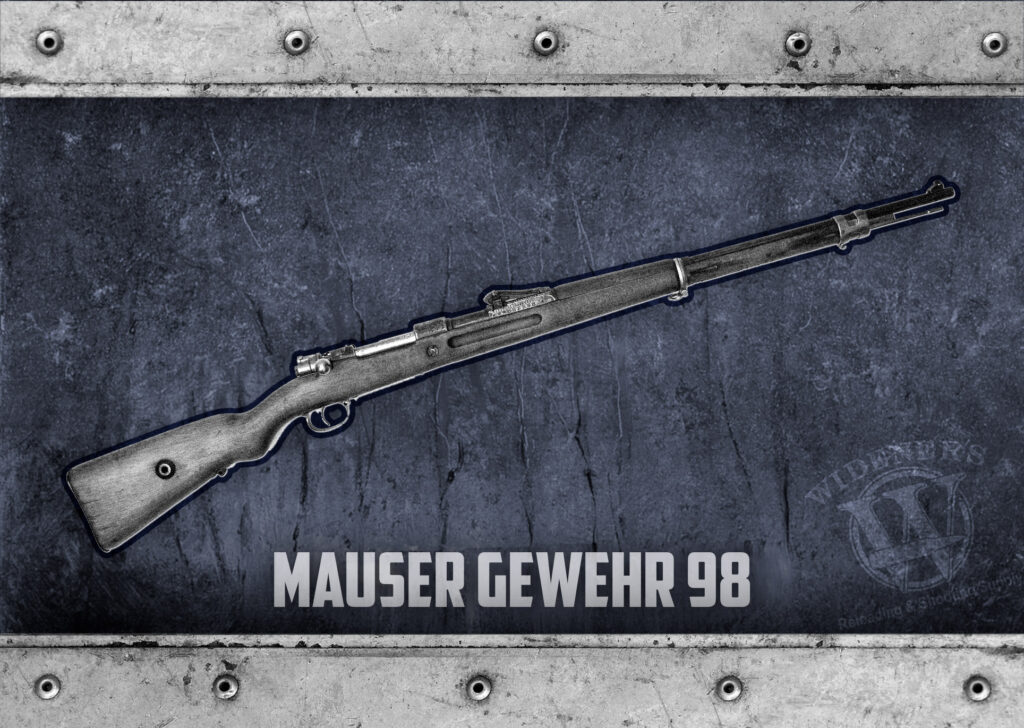
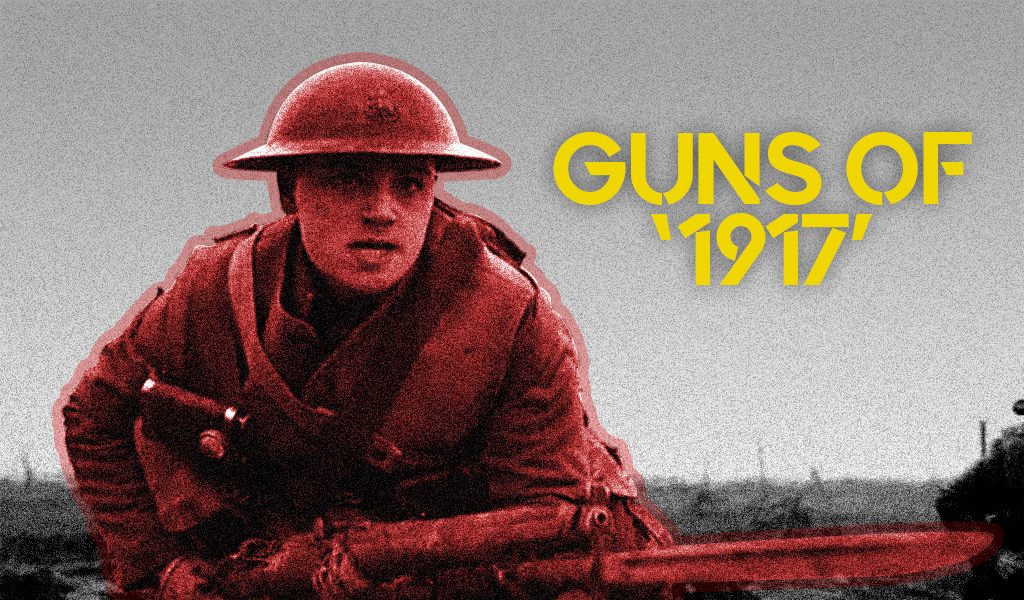
It was called “the war to end all wars,” and one can easily understand the reasoning. After all, how could any future conflict compare? It was a tragedy that played out on the world’s stage. Costing the lives of 13 million civilians, nine million soldiers, and millions more as a result of genocides and the war-related Spanish flu pandemic.
As we all know, World War I, which lasted from July 1914 to November 1918, was not the final world conflict. Fewer than thirty years later, another world war would begin and would have consequences that far outweighed the original. It seems that humanity would rather repeat it’s mistakes than learn from them.
Nonetheless, the Great War was one of the deadliest conflicts in all of history. In 2019, Sam Mendes directed a film that provided a glimpse into life in the trenches. It brought to life the horror show of the battlefield and the mixed feelings of the men who struggled to survive.
Titled 1917, the movie follows two British soldiers, Blake and Schofield, who are ordered to navigate across no-man’ s-land carrying a message warning another regiment to call off their attack. What appears to be a German withdrawal is, in fact, a deadly trap. Adding urgency to the assignment: Blake’s older brother is an officer in the battalion. He and 1,600 other men will likely die if Blake cannot stop the attack.
Guns Of 1917: Where Are They?
Even though this is an excellent war movie, the weapons of war do not take center stage in it. We see the firearms more in passing than in action. It’s mostly the aftermath of the fighting that makes 1917 a “mind-boggling technical achievement” as one reviewer described it. Yet, according to experienced gun aficionados, the film accurately portrays the weapons we do see in the film.
Let’s look at five of the guns from 1917 and some of the roles they each played, both in the movie and in creating the various histories of warfare:
Webley Mk VI Revolver
Webley revolvers were available to all British officers, you’ll commonly see them carried on the hip in historical photos. Early in the movie, several officers—General Erinmore, Captain Smith, and Colonel MacKenzie among them–are shown with their pistols holstered. Later in the film, Sergeant Guthrie holds his Webley as he shouts orders.
Also issued to machine-gun crews, aircrews, raiding parties, tank crews, and naval personnel, the Webley Mk VI came on the scene in 1915. It had a longer barrel than the previous model and was ideal for trench warfare with its double-action design. Since pulling the trigger would cock and release the hammer, the Webley was a rapid-fire handgun. Like most revolvers, the Mark VI held only six rounds of .455 caliber ammunition, but the addition of a Prideaux speed-loader reduced reloading times significantly.
Other accessories included a bayonet and a shoulder stock. However, the stock proved to be cumbersome, and some believe that it wasn’t even fabricated until after the war.
Webley & Scott No. 1 MK III Signal Pistol
Often referred to as the ‘Very’ pistol, this break-action gun served a variety of roles in the war. Lieutenant Leslie gave this single-shot, break-open handgun to Blake so he could send a signal when and if the two couriers made it through No Man’s Land.
Manufactured in Birmingham, England starting in 1911 by Webley and Scott Ltd., the signal pistol is mostly brass with wooden handgrips. Sometime around 1915, they added a lanyard so the gun. This meant a signaler could attach it to himself to keep him from losing it. The pistol, weighing 2 lbs. 2 oz. with an overall length of 9.75 inches, saw action in both World Wars.
The No. 1 Mark III has a bell-shaped-mouth safety handguard on the front of the barrel, supposedly to prevent the shooter from placing his free hand over the muzzle. Another safety device makes it impossible to load the pistol when the hammer is cocked.
Short Magazine Lee-Enfield Mk III (SMLE Mk III)
Another firearm that saw service in two World Wars was the Short Magazine Lee-Enfield rifle. The rifle is prominent throughout the film showcasing the guns of 1917. Blake and Schofield carry the SMLE—with fixed bayonets—as they make their way toward the Devonshire Regiment. When they arrive, soldiers from the regiment are resting with their SMLEs by their sides.
Introduced in 1907, the .303-caliber rifle was an idea from the War Office Small Arms Committee. They determined that a universal ‘short’ rifle was better for the modern battlefield. Based on the existing Lee Enfield design, the rifle replaced those the government issued to the infantry, cavalry, and artillery soldiers.
Although proponents of the long-range Mauser rifles criticized the move, the SMLE’s service in World War I vindicated it. The rugged and compact rifle was deemed the most effective of any country under the front-line conditions.
The SMLE kept the 10-round magazine of its predecessor. But it added the capacity of charger-loading. This meant the magazine could accept ammunition from a five-round charger, instead of being loaded one round at a time.
Guns Of 1917: Lewis Gun
This light-weight machine gun didn’t often appear in 1917, but if you are observant, you’ll notice a British soldier carrying one through the trenches. Designed in the United States in 1911 by U.S. Army Colonel Isaac Newton Lewis. Although the gun bears his American name, the British Army widely adopted it starting in 1915.
Earlier, Colonel Lewis had failed to persuade the U.S. Army to approve his new design, so he retired from the Army and left for Belgium. The Belgian Army quickly identified the positive qualities of the gun. Belgium ordered that it be produced using the standard .303-caliber ammunition of the British military. The Birmingham Small Arms Company soon bought a license to manufacture the weapon.
The 1914 model of the Lewis Gun featured a 47-cartridge circular magazine. A clock-type recoil spring regulated the gun’s rate of fire. It varied from 500-600 rounds per minute, although much shorter bursts were more the norm.
Mauser Gewehr 98
Not long after Schofield continues his journey alone, he is ambushed by a German sniper. The sniper is armed with a Gewehr 98 rifle. When Schofield eventually confronts the enemy soldier face-to-face, the rifle is clearly visible.
With an effective firing range of 550 yards, this bolt-action Mauser is the ideal sniper rifle. Firing a 7.92 x 57mm round at a rate of 15 rounds per minute, the 98 was adopted by the Imperial German Army in 1898.
The Gewehr action featured a “cock-on-opening” style. A variety of things happen when you cycle the bolt-action rifle. The cocking piece is forced back, compressing the mainspring and setting the action. As the bolt rotates, the firing pin is blocked. The bolt moves forward by camming with an inclined-plane cut into the circular wall of the bolt body and locking in place. As the bolt is moved forward and closed, the firing pin is unlocked and the gun is ready to fire.
After the war ending in 1918, the Weimar Republic adopted the Gewehr 98. It became the battle rifle for its 100,000-man Army. Incidentally, after the Treaty of Versailles, it was one of the few weapons the world allowed Germans to shoulder.
Not Your Typical War Movie
If you’re hoping for a war film that “valorizes the spectacle of armed combat” as the late great French director Francois Truffaut once said it should, you likely won’t get satisfaction from 1917. Instead, you’ll be treated to a harrowing thriller. Two British privates, both disenchanted with the futility and carnage of the war, take on an impossible mission to save the lives of hundreds of their comrades and one brother.
Many of the longer combat sequences are filmed in one sequential take. This style of cinematography is very engaging. It gives viewers the feeling of being in the trenches and on the battlefield with the characters and guns of 1917.


